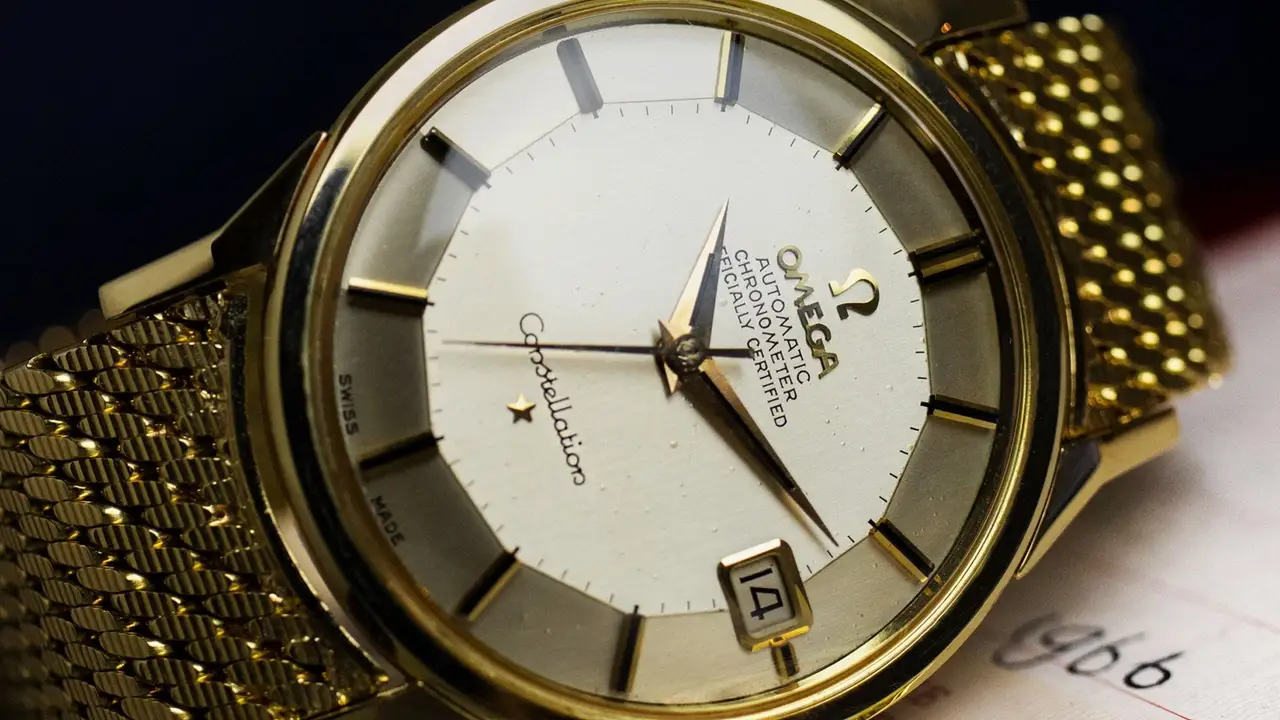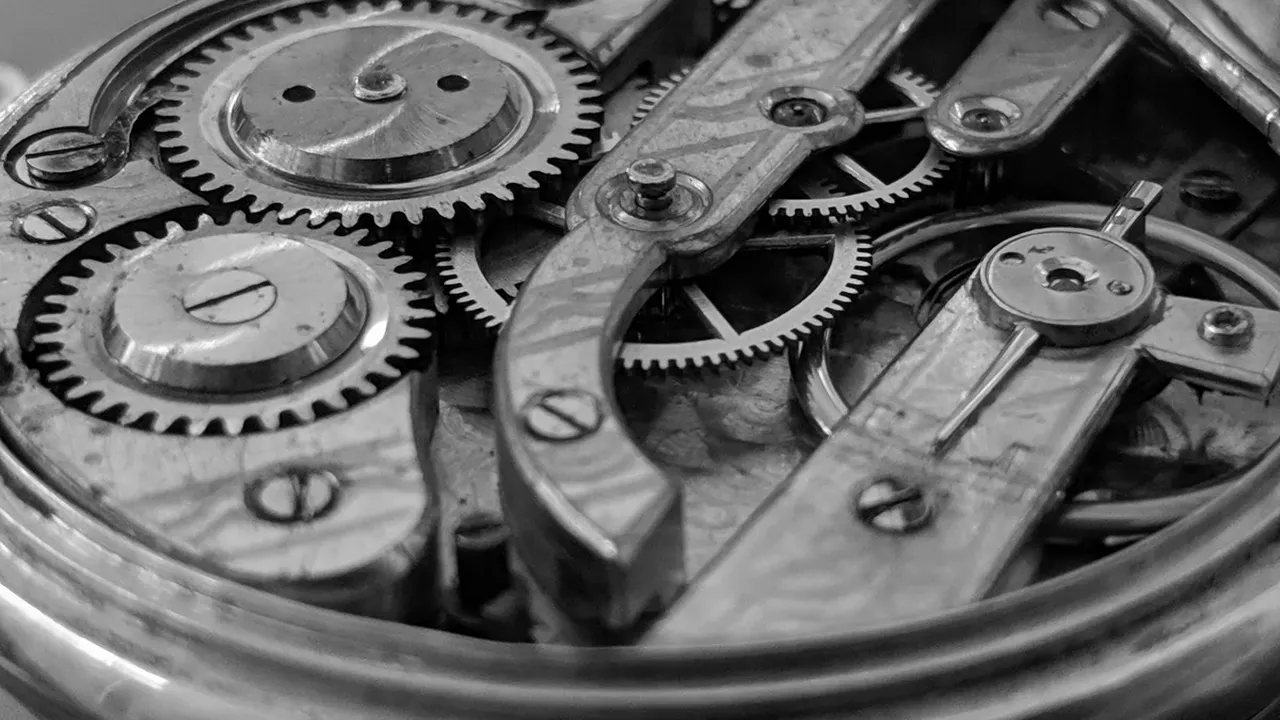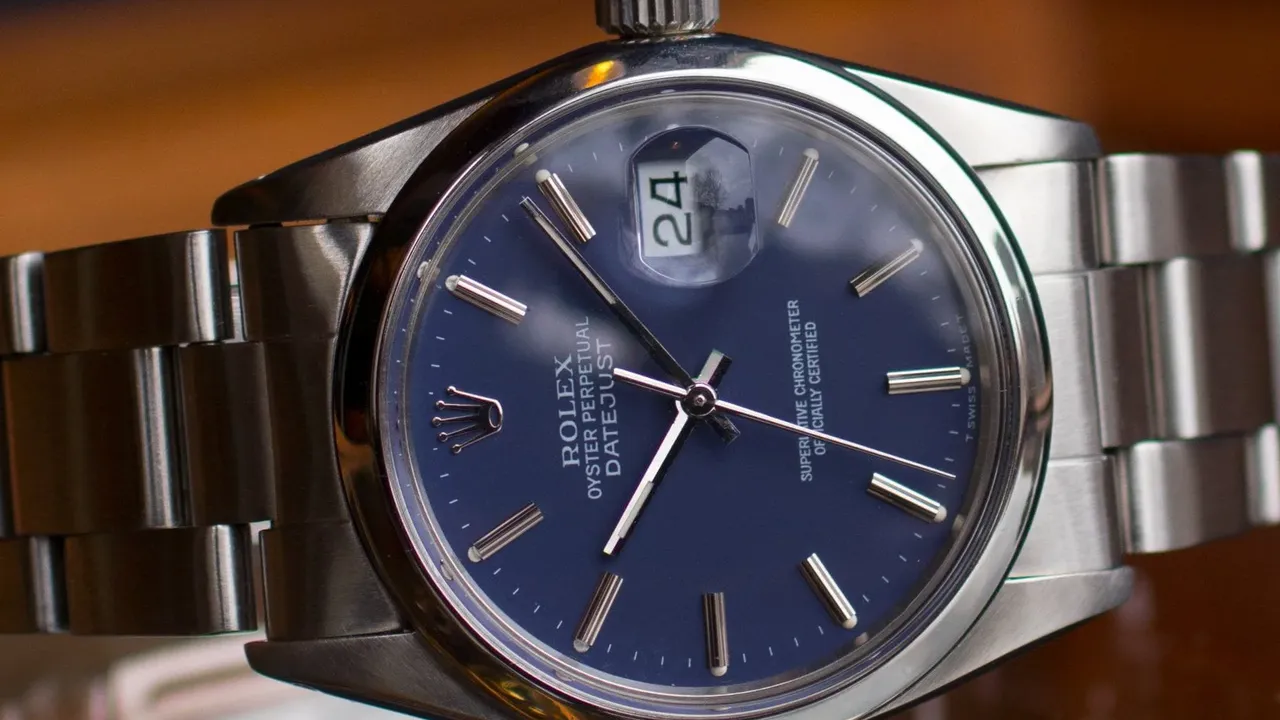Vintage Watch Restoration_ 7 Essential Tips for Beginners
Vintage Watch Restoration 7 Essential Tips for Beginners

Understanding the Basics of Vintage Watch Restoration
Before diving into the restoration process, it's crucial to understand the basics. Vintage watches are delicate mechanisms, and improper handling can cause irreversible damage. Familiarize yourself with the different components of a watch, including the movement, dial, hands, case, and crystal. Research the specific model you're working on to understand its original specifications and common issues.
Tip 1: Start with Thorough Research and Documentation
Begin by researching the specific model you're planning to restore. Understand its history, original specifications, and any known issues. Take detailed photos of the watch before you start any work. Documenting the watch's condition before, during, and after the restoration process is crucial. These photos will serve as a reference point and can be invaluable if you encounter any problems. Note any existing damage, missing parts, or modifications that have been made over time.
Tip 2: Clean Carefully and Gently
Cleaning is a fundamental part of vintage watch restoration. Over time, watches accumulate dirt, dust, and oils that can affect their performance and appearance. However, aggressive cleaning methods can damage delicate components. Use gentle cleaning solutions specifically designed for watches. A soft brush, cotton swabs, and microfiber cloths are essential tools. Avoid using harsh chemicals or abrasive materials. For the movement, consider professional cleaning by a watchmaker.
Recommended Cleaning Products:
- Watch Cleaning Solution: Bergeon 7010
- Microfiber Cloths: Generic, lint-free cloths
- Cleaning Putty: Horolene
Tip 3: Replacing Parts Wisely: Originality vs. Functionality
Replacing worn or damaged parts is often necessary during vintage watch restoration. However, finding original parts can be challenging and expensive. When replacing parts, consider the balance between originality and functionality. If possible, try to source original or period-correct parts. If original parts are unavailable, use high-quality replacements that match the original specifications as closely as possible. Avoid using generic parts that can detract from the watch's value.
Examples of Parts to Consider Replacing:
- Crystals: Scratched or cracked crystals should be replaced. Consider acrylic or mineral glass, depending on the original material.
- Hands: Damaged or corroded hands can be replaced with period-correct alternatives.
- Crowns: Worn crowns can affect water resistance and winding. Replace with a matching crown if necessary.
Tip 4: Dial Restoration: Tread Carefully
The dial is the face of the watch and a critical factor in its value. Dial restoration is a complex process that should be approached with caution. Incorrectly restoring a dial can significantly decrease the watch's value. If the dial is heavily damaged, consider leaving it as is or seeking professional restoration services. If you choose to clean the dial, use extremely gentle methods and avoid touching the painted surfaces.
Tip 5: Case Polishing and Refinishing: Preserve the Original Shape
The watch case can accumulate scratches and dents over time. Polishing or refinishing can improve its appearance, but it's crucial to preserve the original shape and contours. Avoid over-polishing, which can round off sharp edges and distort the case. Use gentle polishing compounds and techniques. Consider seeking professional refinishing services for complex case shapes or valuable watches.
Polishing Compounds Recommendations:
- Cape Cod Metal Polishing Cloths: Gentle for removing light scratches.
- Goddard's Silver Polish: Suitable for silver or silver-plated cases.
Tip 6: Movement Servicing: Essential for Reliable Performance
The movement is the heart of the watch, and regular servicing is essential for reliable performance. Vintage watch movements require cleaning, lubrication, and adjustment. If you're not comfortable working on the movement yourself, seek professional servicing from a qualified watchmaker. A well-serviced movement will ensure accurate timekeeping and prolong the watch's lifespan.
Tip 7: Patience is Key
Vintage watch restoration requires patience and attention to detail. Don't rush the process, and take your time with each step. If you encounter any difficulties, seek advice from experienced collectors or watchmakers. Remember that the goal is to preserve the watch's history and value, not to make it look brand new. Enjoy the process of bringing a vintage timepiece back to life.
Specific Product Recommendations and Comparisons
Let's dive into some specific product recommendations and comparisons related to vintage watch restoration:
Bergeon 6763 Spring Bar Tool vs. Generic Spring Bar Tools
Bergeon 6763 Spring Bar Tool: This is a high-quality tool designed for removing and installing spring bars, which hold the watch strap or bracelet to the case. It features precise tips and a comfortable handle for easy use.
Generic Spring Bar Tools: Cheaper alternatives are available, but they often lack the precision and durability of the Bergeon tool. The tips may be prone to bending or breaking, and the handle may be uncomfortable to grip.
Recommendation: Invest in the Bergeon 6763 Spring Bar Tool for its superior quality and longevity. It's a worthwhile investment for any vintage watch enthusiast.
Price: $30 - $50
Horolene Cleaning Putty vs. Cleaning Cloths
Horolene Cleaning Putty: This is a non-abrasive putty used for cleaning watch dials and other delicate surfaces. It effectively removes dirt and fingerprints without damaging the finish.
Cleaning Cloths: While cleaning cloths are useful for general cleaning, they may not be effective at removing stubborn dirt or fingerprints from delicate surfaces. They can also leave behind lint or scratches.
Recommendation: Use Horolene Cleaning Putty for cleaning dials and other delicate surfaces. It's a safe and effective way to remove dirt and fingerprints without damaging the finish.
Price: $10 - $20
Watch Case Opener - Jaxa Tool vs. Simple Case Knives
Jaxa Tool: For screw-back cases, a Jaxa tool provides adjustable pins to grip and unscrew the case back safely, distributing pressure evenly.
Simple Case Knives: For snap-back cases, specialized case knives can gently pry open the case. However, improper use can easily scratch the case. Protection films can mitigate this risk.
Recommendation: Use the correct tool for the case type. Jaxa for screw-backs, and specialized knives with care for snap-backs.
Price: $20 - $60
Using These Products in Different Scenarios
Scenario 1: Replacing a Scratched Crystal on a Rolex Datejust
Tools needed: Crystal press, new crystal (acrylic or mineral), Bergeon 6763 spring bar tool (if removing bracelet).
Steps: Carefully remove the bracelet using the spring bar tool. Use the crystal press to remove the old crystal and install the new one. Ensure the crystal is properly seated and sealed.
Scenario 2: Cleaning a Dial on an Omega Seamaster
Tools needed: Horolene cleaning putty, soft brush.
Steps: Gently roll the Horolene cleaning putty over the dial to remove dirt and fingerprints. Use a soft brush to remove any remaining residue.
Scenario 3: Servicing the movement of a vintage Omega Speedmaster (requires advanced skills and tools)
Tools needed: Watchmaker's screwdrivers, tweezers, oilers, cleaning solutions, lubrication oils.
Steps: Disassemble the movement carefully, clean each component, lubricate the appropriate parts, and reassemble the movement. This process requires a deep understanding of watch mechanics and should only be attempted by experienced watchmakers.
These tips and recommendations will help you get started with vintage watch restoration. Remember to take your time, be patient, and seek professional help when needed. With the right knowledge and tools, you can bring a vintage timepiece back to life and enjoy its beauty and history for years to come.
:max_bytes(150000):strip_icc()/277019-baked-pork-chops-with-cream-of-mushroom-soup-DDMFS-beauty-4x3-BG-7505-5762b731cf30447d9cbbbbbf387beafa.jpg)






